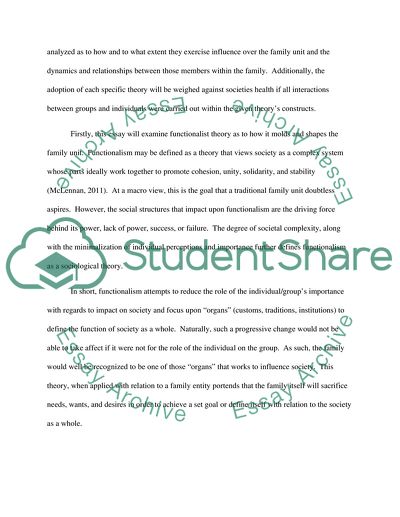Cite this document
(“Family Research Paper Example | Topics and Well Written Essays - 2250 words”, n.d.)
Retrieved from https://studentshare.org/sociology/1601332-family
Retrieved from https://studentshare.org/sociology/1601332-family
(Family Research Paper Example | Topics and Well Written Essays - 2250 Words)
https://studentshare.org/sociology/1601332-family.
https://studentshare.org/sociology/1601332-family.
“Family Research Paper Example | Topics and Well Written Essays - 2250 Words”, n.d. https://studentshare.org/sociology/1601332-family.


